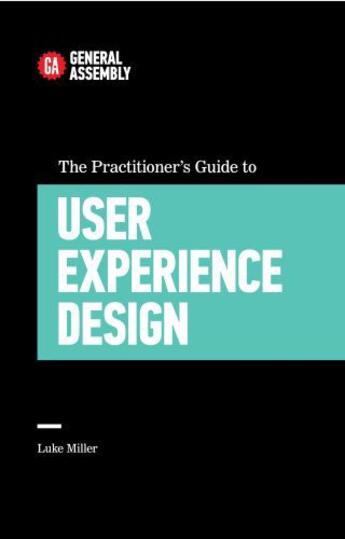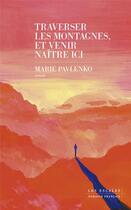-
Nombre de pages : (-)
-
Collection :
(-)
-
Genre :
(-)
-
Thème :
Non attribué
-
Prix littéraire(s) :
(-)
Résumé:
The core mission of User Experience (UX) design is to craft digital experiences that not only empower but delight users, and we've never had a better set of tools for doing so. Not only is there strong demand in digital product development for people with UX skills, but technology is evolving so... Voir plus
The core mission of User Experience (UX) design is to craft digital experiences that not only empower but delight users, and we've never had a better set of tools for doing so. Not only is there strong demand in digital product development for people with UX skills, but technology is evolving so rapidly and in such interesting ways that the work affords constant opportunities to innovate and let your creativity run.
But how do you get into UX Design? Do you have to know how to write code? Or do you need a degree in design? And what exactly is UX? Does it refer to the process or the result?
In The Practitioner's Guide To User Experience Luke Miller answers all of these questions and draws on his own experience and examples of specific projects to walk you through the methods used by designers to craft user experiences. These include:
*Techniques of user research, including conducting user interviews and surveys and creating personas to represent the range of users you're appealing to, as well as performing competitive analysis of rival products.
*A core set of methods for crafting well designed routes of navigation through sites and apps, called user flows *Creating the layouts and designing the interface elements of pages, from initial sketching and creating a rough site map, through the drawing of more detailed page designs, generally called wireframes, and on to making moving prototypes.
*User testing - everything from rough sketches to fully functioning prototypes to interpreting the results of tests and making recommendations for any changes to products.
The best UX comes from learning by doing and understanding how creative, fun and satisfying the work can be. Adding UX expertise to your mix of skills will make you more marketable, a knowledge of UX principles and practices and will enrich your work in any part of digital product creation.
Donner votre avis














